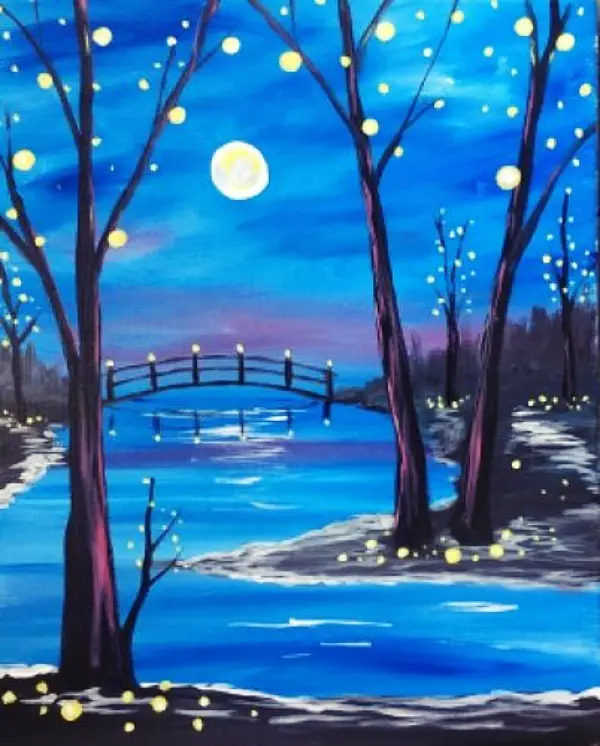Beginners How to Start Painting

Beginners How to Start Painting - With Step-by-Step Instructions
Beginners How to Start Painting, painting is a journey of creativity and self-expression. With these steps and supplies, you’re ready to dive in and create your first masterpiece!
Step 1: Gather Your Supplies
Here’s what you’ll need to start painting:
Basic Supplies:
Paints: Choose between acrylic, watercolor, or oil paints. Acrylic is recommended for beginners due to its versatility and quick drying time.
Brushes: A small selection of brushes, including a flat brush, a round brush, and a detail brush.
Canvas or Paper: Canvas boards, stretched canvases, or thick watercolor paper work well.
Palette: A plastic or wooden palette for mixing colors.
Easel (Optional): A stand to hold your canvas, or you can work flat on a table.
Water Cup or Solvent: For cleaning brushes (water for acrylics and watercolors; solvent for oils).
Rags or Paper Towels: To wipe brushes and clean up spills.
Palette Knife (Optional): For mixing paint or creating texture.
Optional Extras:
Apron or Old Clothing: To protect your clothes.
Varnish: To seal and protect finished paintings.
Reference Image: For inspiration or guidance.
Step 2: Set Up Your Workspace
Choose a Well-Lit Area: Natural light is ideal, but a desk lamp works too.
Protect Surfaces: Lay down old newspapers or a plastic tablecloth to avoid stains.
Organize Your Supplies: Arrange everything within easy reach.
Step 3: Prepare Your Materials
Select Your Surface: Decide whether you’ll paint on canvas, paper, or wood.
Prime Your Canvas (Optional): If your canvas isn’t pre-primed, apply a layer of gesso and let it dry.
Plan Your Painting: Sketch lightly with a pencil or charcoal if needed.
Step 4: Start Painting
Step-by-Step Process:
Background First: Begin by painting the background or base layers. Use larger brushes and broad strokes.
Build Layers: Add more details as you move forward, layering light colors over dark ones.
Focus on Details: Use smaller brushes for fine details and finishing touches.
Blend and Mix Colors: Experiment with blending colors on the palette or directly on your surface.
Step Back: Periodically step back to assess your work from a distance.
Step 5: Clean Up
Clean Brushes Immediately: Use water or solvent to clean brushes thoroughly.
Dispose of Waste Properly: For oil paints, follow local guidelines for disposing of solvents and rags.
Store Supplies: Keep paints sealed and brushes upright to maintain their shape.
Step 6: Finish Your Painting
Let It Dry: Allow the painting to dry completely before handling it.
Seal Your Work (Optional): Apply a varnish for durability and a polished finish.
Tips for Beginners
Start with simple projects, like landscapes or abstract designs.
Practice mixing colors to understand how they interact.
Don’t be afraid to make mistakes—every artist learns through experimentation.
Enjoy the process and focus on progress rather than perfection.
You’re ready to dive in and create your first masterpiece! Have fun and “voilà!
